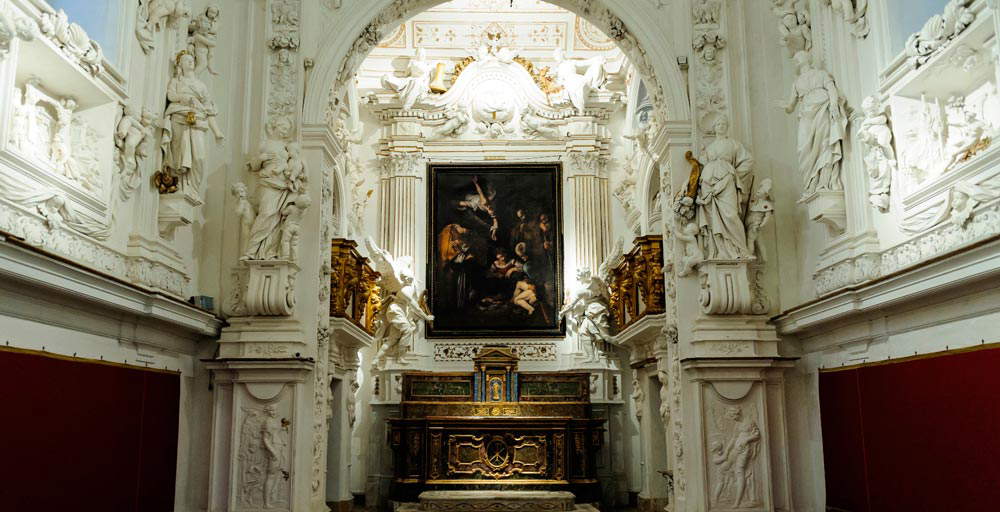Contrafactum. Reproductions of works of art have always been there
The ancient and modern debate on original and copy, comes intact to the contemporary with the same semantics, but with a certainly more complex and, at times, negative meaning. To find a way of discernment, it is necessary to understand the origin, development and future prospects of an interpretive paradigm that starts from the term contrafactum, that is, according to Aristotle, and then St. Thomas, of a thing that cannot be or not be at the same time. So the original cannot coincide with its copy, and the latter can exist only as a memory of the original. In contemporary times there has been a shift in meaning and significance that was very clear until the survival of the practice of studying from ancient models in the academies: one replicates for study or to preserve the integrity of a very delicate object -and already Antiveduto Gramatica made such a choice to protect the Madonna of St. Luke-. This imitative practice sometimes produced an object that was “as beautiful as the original itself,” as for example the successful copy of Leonardo’s Last Supper (London, Royal Academy), and “the craft of knowing a copy, when it is well made, from the original,” was a prerogative of a good professional connoisseur, according to what Angelo Caroselli wrote to Antonio Mariani in the seventeenth century.
The copy from a masterpiece is, therefore, an instrument of knowledge and a guarantee of survival of the work of art: Ghiberti’s Gate of Paradise in Florence, the lions of St. Mark’s in Venice, and the statue of Marc’Aurelius in Rome were replaced by copies in order to preserve them over time. Caravaggio in the Oratory of San Lorenzo in Palermo, however, was replaced by a photograph because the work was stolen.
Copying in classical and Hellenistic antiquity provided a comprehensive and far-reaching perspective of knowledge like no other product of human ingenuity. In the contemporary age, the possibility of replication has expanded endlessly, probing frontiers ever closer to the repurposing of a work similar to the original. Factum Arte’s experimentation, for example, is most symptomatic of a new approach to copying: architects, electronic and mechanical engineers, designers, artists, plasticizers, photographers, filmmakers, and digital computer scientists form a studio group that, through 3D technologies, is able to reproduce without imitating.
It ultimately means reconstructing a human product that has the appearance of the original, but deviates from it in its ideational substance, knowing full well that the soul of the first product, regardless of the century, cannot be brought back into the fold of a reproduction. Replacing with such objects the originals that cannot be moved for logistical reasons, or for reasons of space or fragility is an immense opportunity that allows one to complete the knowledge of an exhibition theme. That is why the stress of works moved only for marketing needs must be strongly resisted. Artifacts of human ingenuity, in the complex perspective of all-encompassing culture, must be protected with a view to their long life span.
This contribution was originally published in No. 18 of our print magazine Finestre Sull’Arte on paper. Click here to subscribe.
Warning: the translation into English of the original Italian article was created using automatic tools. We undertake to review all articles, but we do not guarantee the total absence of inaccuracies in the translation due to the program. You can find the original by clicking on the ITA button. If you find any mistake,please contact us.





























